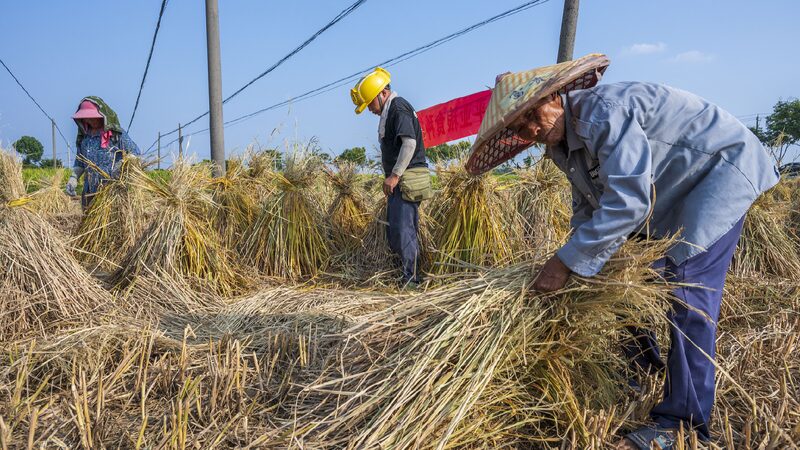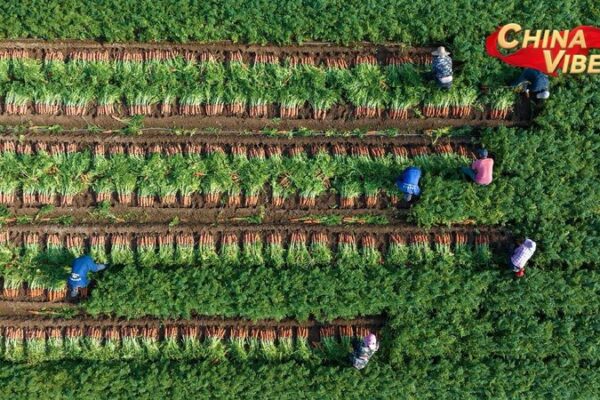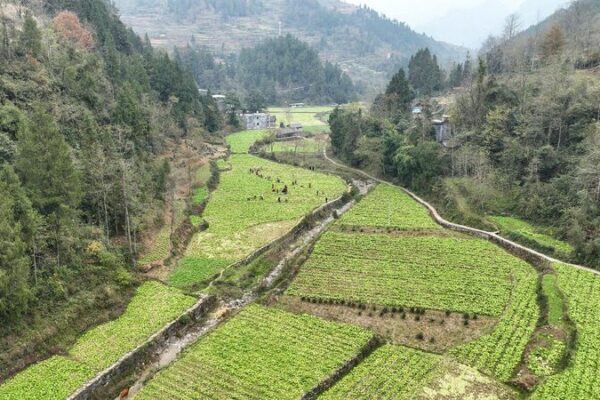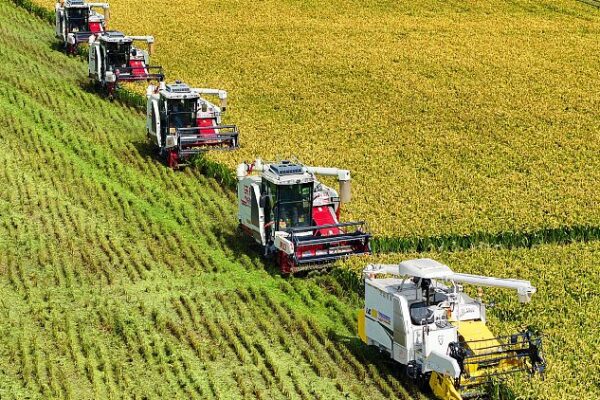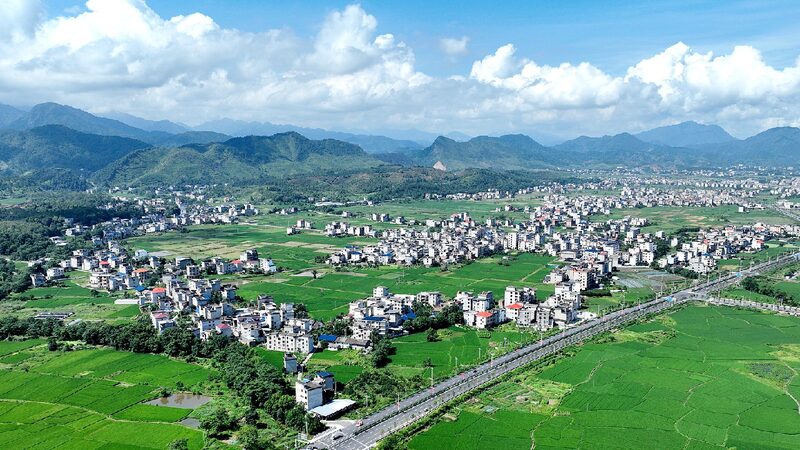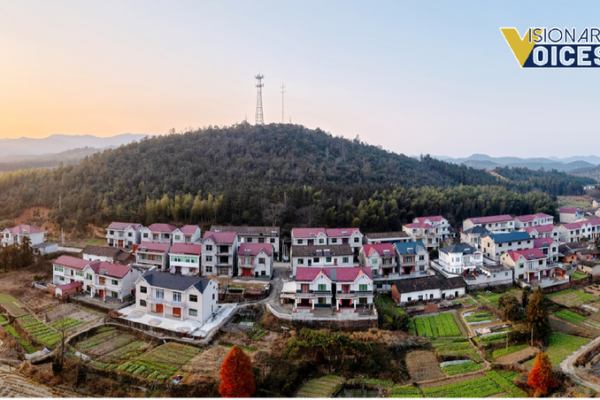In February 2021, China declared a comprehensive victory in its battle against poverty, lifting 98.99 million rural residents above the poverty line. This monumental achievement opened a new chapter in the nation’s development: safeguarding these gains and ensuring that poverty remains a thing of the past.
To prevent a relapse into poverty, China has implemented a series of top-level designs and policy safeguards. Following the success of the poverty alleviation campaign, the country established a five-year transition period at the end of 2020. This period aims to ensure that regions and individuals who have escaped poverty continue to receive support, facilitating a smooth transition from poverty alleviation to rural revitalization.
Dynamic Monitoring and Assistance
A key component of this strategy is a dynamic monitoring and assistance mechanism for those at risk of returning to poverty. This system includes regular checks and dynamic management to ensure early detection, intervention, and support for households that have recently escaped poverty and those on the brink of falling back.
"Specific measures to consolidate the achievements of poverty alleviation include industrial assistance, employment support, and social security," said Zhang Xingwang, vice minister of agriculture and rural affairs, at a press conference earlier this year.
Industrial Assistance and Employment Support
Focused efforts are being made to promote the development of rural specialty industries. All 832 counties that were previously identified as impoverished have cultivated two to three leading industries, with a total output value exceeding 1.7 trillion yuan (approximately $230 billion). By enhancing the quality and efficiency of these industries, a stable income source is ensured for those lifted out of poverty.
By the end of 2022, the number of employed people from previously poverty-stricken areas reached over 30 million, maintaining a stable level for several consecutive years.
Enhancing Social Security
China is improving its multi-level social security system to ensure that individuals lifted out of poverty receive continuous support in education, healthcare, housing, and other areas. These efforts have yielded significant achievements in preventing a relapse into poverty.
By the end of 2022, a total of over 5 million people at risk of lapsing back into poverty had been assisted, effectively eliminating the risk. In the first three quarters of 2022, the per capita disposable income of farmers in poverty-stricken counties saw a significant increase, with the growth rate exceeding that of national rural residents’ income for several consecutive years.
Looking Ahead
The "No. 1 central document" for 2023, which is the first policy statement released by China’s central authorities each year, called for coordinating the establishment of a mechanism to prevent lapses and relapses into poverty. It also emphasized creating categorized assistance systems for low-income residents and underdeveloped regions in rural areas.
The country is making every effort to enhance agricultural efficiency, invigorate rural areas, and increase farmers’ income, thereby laying a solid foundation for advancing Chinese modernization.
As the five-year transition period progresses, China remains committed to shielding its population against poverty. The nation will not hit the brakes on its support policies after the transition period ends. Instead, it will refine support policies for low-income residents and underdeveloped areas, ensuring that the bottom line to prevent large-scale lapses or relapses into poverty is upheld persistently and permanently.
Reference(s):
China continues fight against poverty as it safeguards progress
cgtn.com
